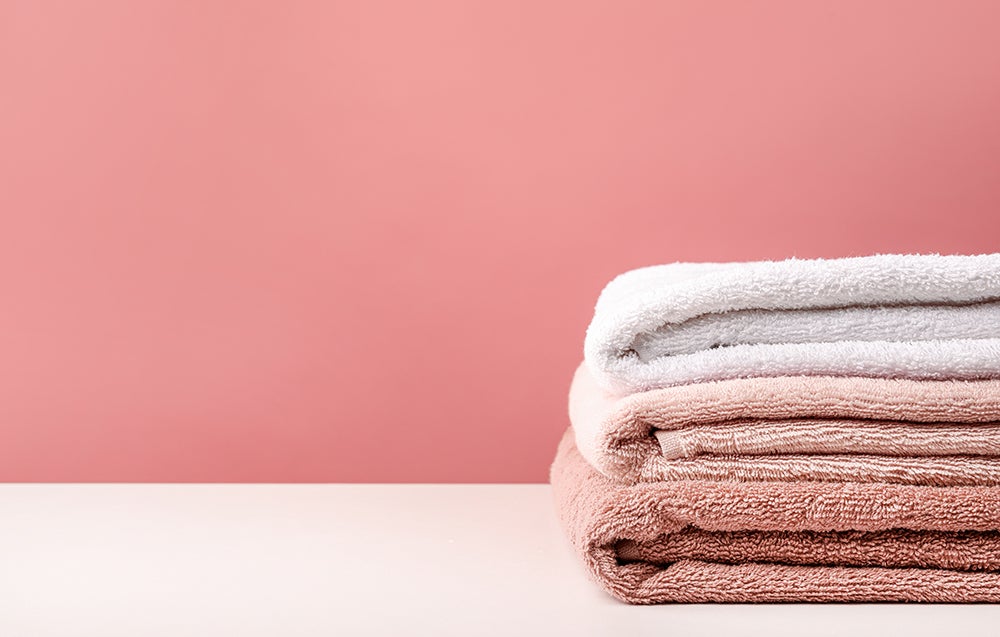It was an amazing show. New products were shown in some of the trendiest locations and venues in the city. Buyers were treated to extravagant presentations and world-class hospitality. And the media coverage created incredible awareness and excitement among consumers about buying these new designs next season.
And then there was the home textiles market.
As is often the case in September, New York Fashion Week, the premier U.S. trade show for the apparel industry, was held concurrently with the fall Home Fashions Market week, where companies from the home textiles sector show their latest bed, bath and assorted soft home products.
And once again, the contrast couldn’t have been any more dramatic. About the only things the two events had in common besides their timing were the ridiculously overpriced hotel rooms attendees vied for throughout Manhattan.
Fashion week, of course, serves a bigger industry than home textiles, and it’s always garnered more headlines and excitement, with big-time designer names, celebrities in choice front-row runway seats, and enough champagne and cocktails du jour to keep them all well-lubricated.
The home textiles market, in equal measure, has none of that, and in fact has devolved into a less cohesive—and much less coherent—event. Unlike other home trade shows for furniture, housewares, and kitchen and bath, which are held at either market centers or convention facilities, the home textiles sector exhibits in a haphazard collection of permanent and temporary showroom spaces scattered throughout Midtown, generally within a 10-block radius of the Empire State Building.
The industry used to have a central hub at 295 Fifth Avenue, but right before the pandemic, the building was sold, and its new owners set about on an ambitious plan to gut the structure and remake it as commercial office space, targeting the tech industry, which was migrating to Midtown and would pay more for space than sheet and towel producers. Talk about bad timing: The owners took a fully leased building—albeit at showroom rates rather than prime office space prices—got rid of every single paying tenant and proceeded to spend the better part of three years renovating and modernizing it, just in time for the collapse of the commercial real estate market. This has left 230 Fifth Avenue, a smaller building with a mix of home textiles, gift and assorted tenants, as the only true central market location. Unfortunately, the main entrance and lobby of the building was under renovation, forcing visitors to detour around the block to get inside—more bad timing.
Many of the largest home textiles companies showed in individual permanent showrooms in general office buildings, while other, smaller companies showed in temporary spaces in neighborhood hotels, in nondescript buildings on side streets and one can only guess where else. The industry group, the Home Fashion Products Association, put out a market map, but it only includes its members, who represent a minority of exhibiting suppliers.
Buyers attending the market are left to their own means to find exhibitors. Which is just fine with many of these suppliers, who generally work by appointment only, focus on big national accounts and wouldn’t know how to service a small independent or interior designer if their lives (and livelihoods) depended on it.
So, assuming buyers actually connected with sellers, what were they talking about? Certainly sustainability—sometimes more a concept than a reality—was the buzzword throughout town as the home business grapples with the same political, ecological and social issues as apparel and other industries have. While the home offerings were impressive, one has to wonder how much of it truly shows up on retail shelves where price continues to matter more than sustainability credentials.
The continued migration away from China for manufacturing and sourcing was a big story as India, Pakistan and even European suppliers from Portugal and Turkey offered credible alternatives. In light of the banned Chinese cotton and deteriorating relations between the U.S. and the country, the reset of the imports map is an ongoing process. Still, China remains the largest supplier of home textiles products to the American market, even if its lead is diminishing.
And there were new introductions, although, to be fair, they often represented old names in new places. Revman debuted the Calvin Klein home collection, adding to its already impressive stable of designer names like Tommy Bahama, Nautica and the indomitable Laura Ashley, now approaching the industry record for longevity. Kate Spade turned up at Keeco, which also introduced its new president. Both Calvin and Kate had been elsewhere, with the Indian resource Himatsingka, which is in the middle of a branding reset.
No doubt there were more brands, more programs and more introductions, but given the market geography and mystery map, it would have been impossible to take it all in with any sort of semblance of organization or logic.
The soft home sector, like much of the overall home business, is still recovering from its post-pandemic perfect storm of too much product and not enough business. Indications are that the former is lessening but the latter is still very much a challenge.
At least, that was the word on the street—which was where most market-goers spent the majority of their time trying to figure out where their next appointment was.
Homepage photo: ©LumenSt/Adobe Stock
____________
Warren Shoulberg is the former editor in chief for several leading B2B publications. He has been a guest lecturer at the Columbia University Graduate School of Business; received honors from the International Furnishings and Design Association and the Fashion Institute of Technology; and been cited by The Wall Street Journal, The New York Times, The Washington Post, CNN and other media as a leading industry expert. His Retail Watch columns offer deep industry insights on major markets and product categories.





























